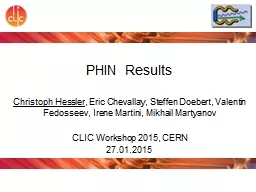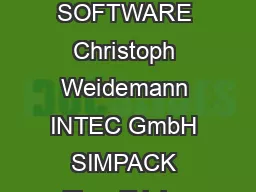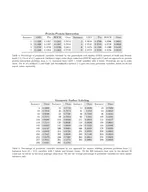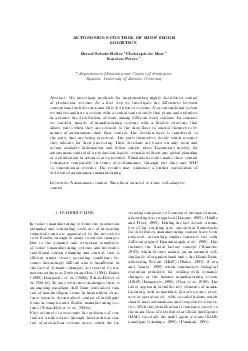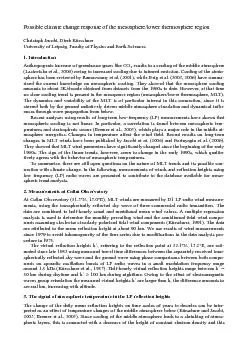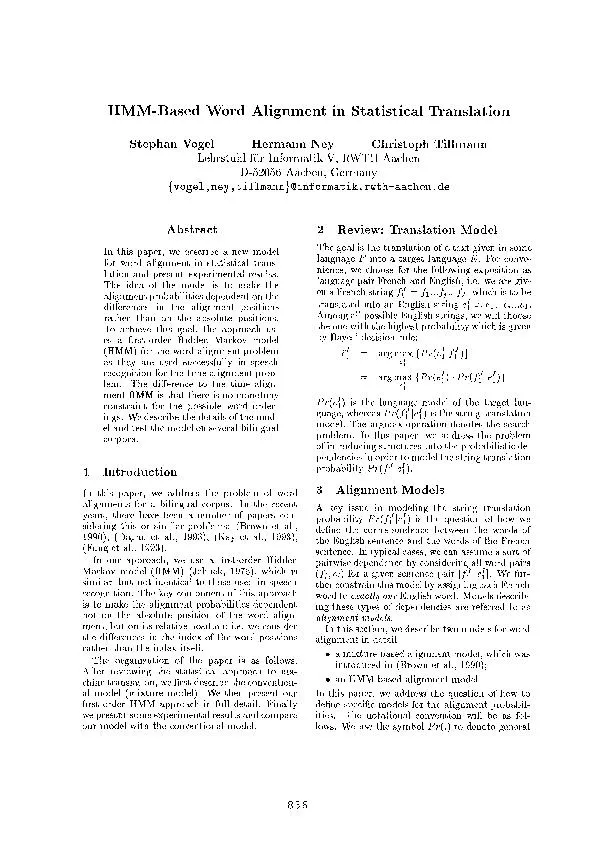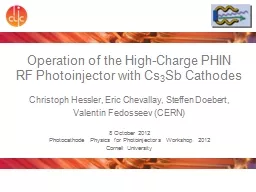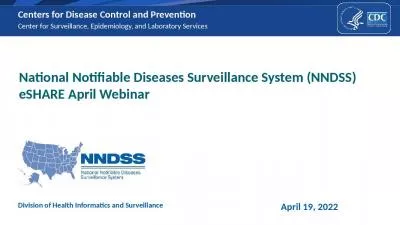PPT-PHIN Results Christoph
Author : numeroenergy | Published Date : 2020-07-01
Hessler Eric Chevallay Steffen Doebert Valentin Fedosseev Irene Martini Mikhail Martyanov CLIC Workshop 2015 CERN 27012015 Motivation for a CLIC DriveBeam
Presentation Embed Code
Download Presentation
Download Presentation The PPT/PDF document "PHIN Results Christoph" is the property of its rightful owner. Permission is granted to download and print the materials on this website for personal, non-commercial use only, and to display it on your personal computer provided you do not modify the materials and that you retain all copyright notices contained in the materials. By downloading content from our website, you accept the terms of this agreement.
PHIN Results Christoph: Transcript
Download Rules Of Document
"PHIN Results Christoph"The content belongs to its owner. You may download and print it for personal use, without modification, and keep all copyright notices. By downloading, you agree to these terms.
Related Documents

